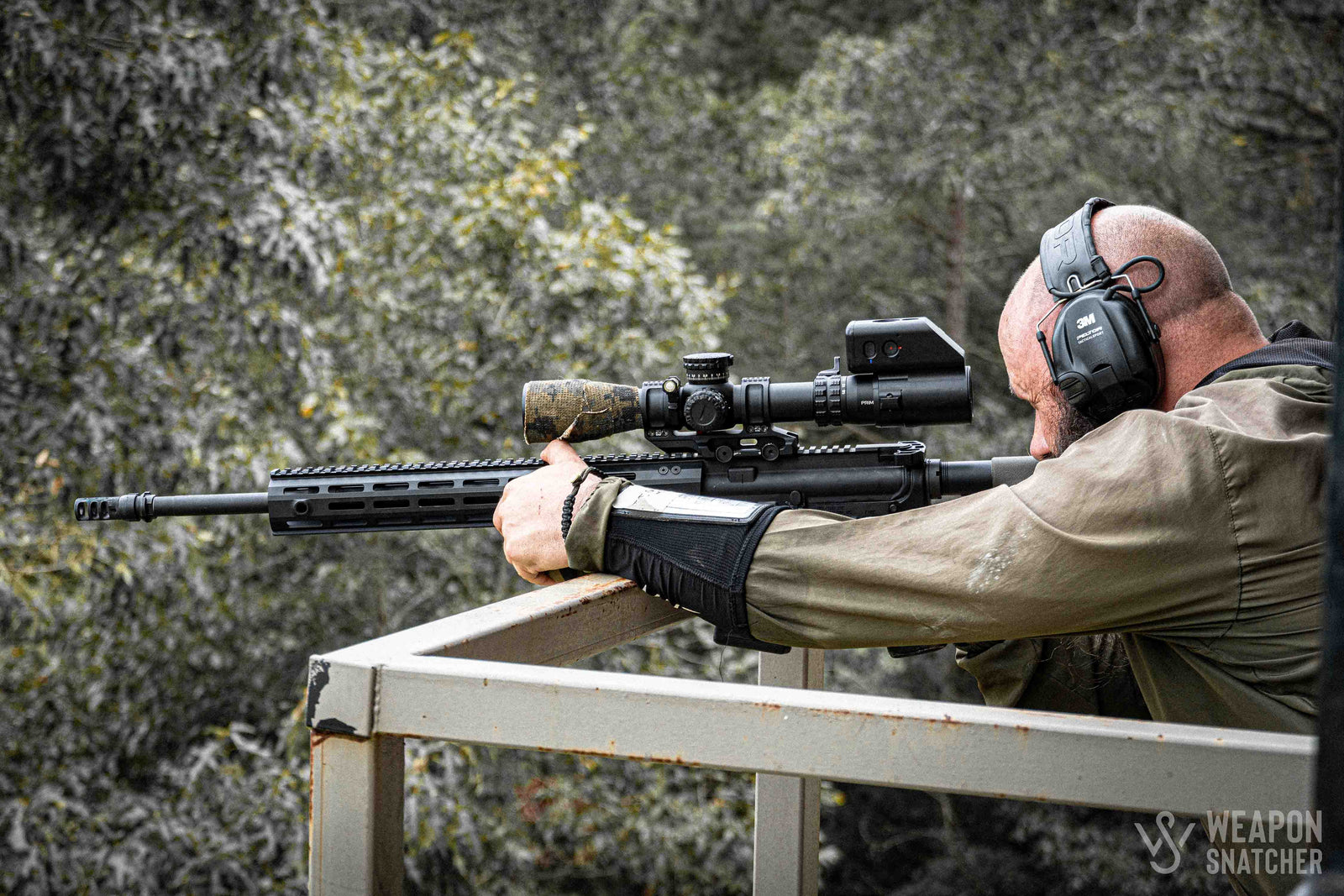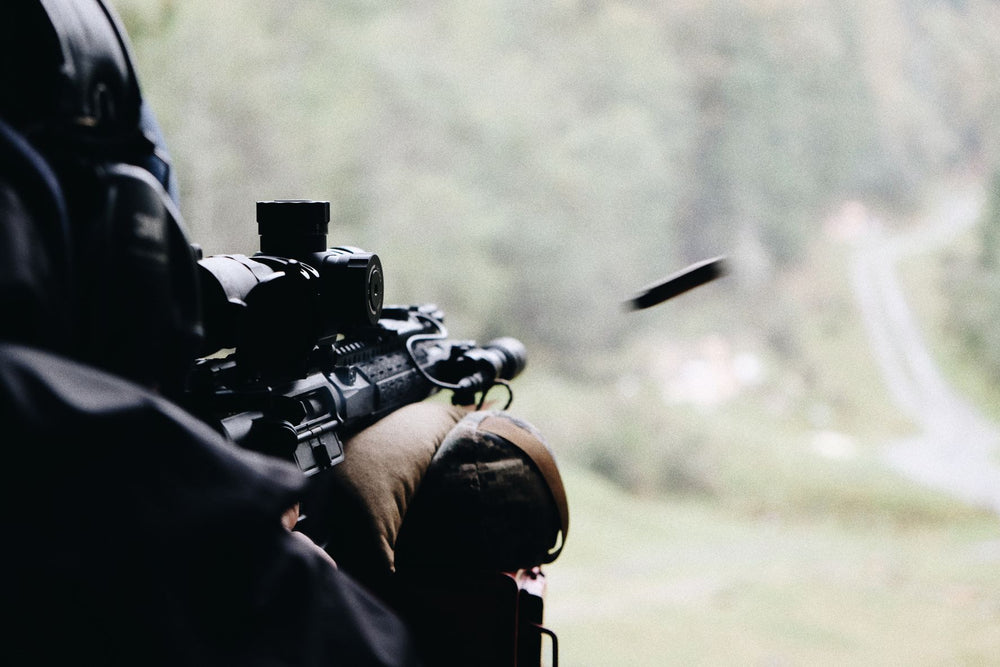Mental Preparation for Rifle Matches

Mental Preparation for Rifle Matches
The importance of mental preparation for rifle matches, let alone, anything, is arguably more important than the physical preparation itself. This, however, doesn’t detract from the importance of physical preparation. The power of mental focus is a field of study that, like the ocean and stars, has barely begun because the vastness is still unknown to us. As studies get further and further, one thing is evidently clear. The power of the mind is far more than we can comprehend at this time.

To give context to this writing, I shot a Quantified Performance match 1.5 days after returning from Africa after a month of travels, work, pleasure and many more things. I had not trained in the better part of 3 months nor really shot at all since the last match I competed in. This led to a lot of mental distractions like being tired from flying and driving, not training mentally and physically on what to do each stage such as focus on the transitions, visualizing the stage and mentally prepping the movements and foot work, to being more concerned with the cameras and how they were running, the settings, etc. as well as trying to help guide a close friend of mine to do well in his first match. As Nathan Algren (played by Tom Cruise) learned in The Last Samurai “Too Many Mind” To put it simply, my head was not in the game.
During the first stage of the day, right in the middle of shooting it was blatantly obvious to me that I wasn’t as focused as I should be, as I desired to be. A simple Chaos (targets 1,2,1,3,1,2,1) drill that requires the Shooter to be focused on what they’re doing so they don’t do what I did and begin to shoot the wrong target simply because of losing focus of where they are in the stage, like I did. Immediately after the stage I said aloud “to many things on my mind.” I was referring to thoughts rolling through like the framing of the camera, is the TriggerCam 2.1 on, does my buddy understand what to do on this drill, did I set my DOPE to what I needed it to be, it’s hot, so on and so forth. The thing that wasn’t on my mind wholly, obviously, was the stage. It is sad to say, even knowing the problem, this continued throughout the whole day with just a couple outliers.
The outliers are where the difference was made. On several of the stages I took some time, as little as 30 seconds to a minute on some, to stare down range and work through the target order in my head back and forth multiple times. This quick assessment is to practice where I needed my mind to move and visualize what I needed to see in my optics field of view as I transition from target to target. The difference this made was astounding. After this I decided to write down my “pre-stage checklist” to keep my thoughts organized, priorities in focus and relax my mind because I don’t have to remember it all, it’s down on my arm board that’s attached to me for the match.
- Confirm target distances with LRF (Laser Range Finder)
- Observe Atmospherics/check Kestrel.
- Write holds in Mils on Arm Board in target order.
- Optic Prep
- Turn TriggerCam On (hit record right before stage begins. Only applies if running a TriggerCam)
- Set Power to appropriate field of view based off the course of fire and target distances.
- Set Parallax to best position.
- Set Elevation to appropriate hold based off of stage plan.
- Check Windage (rarely ever used but confirm.)
- CANT. Check the cant of the rifle to make sure it’s level before engaging. (I only use it when leveling my optic to the terrain somehow seems off based on the terrain features.)
- Ensure magazine pouches have full mags, plus one magazine to be inserted in the gun first.
- Mental stage preparation.
- Identify the position of each target.
- Identify target markers/landmarks in the terrain to quickly identify the target in the field of view to make target transitions more efficient.
- Mentally visualize the stage of fire, how you plan to shoot it from footwork, position, alignment to targets, transitioning back and forth from each target, all the way through to the end of the stage of fire. (This is the one key step, in my opinion, that will make the biggest difference.)
Admittedly this can seem like a lot going on when thinking about “too many mind.” Taking a look at the checklist above, steps 1 - 4-F are put in place to eliminate problems that can occur that you, the Shooter, would have to work through during your stage of fire, costing you time and focus; so that you don’t have to think about them. These steps free the mind to process the tasks at hand. (Side note, that is the exact reason for training as well.) The rifle and optic are prepped.

Next is step 6/A-C. Mentally preparing for the stage of fire by visualizing everything over and over again so that when you are actually running the stage it feels familiar as though you’ve done it a dozen times already. The key here is to visualize yourself running it perfectly. A flawless execution over and over again. Why is it so important to visualize, you ask? To use the classic example “making your bed.” Think about making your bed but in your mind. It’s the last thought you had about it, it’s the last “image” you saw in reference to what you are doing so when you are “doing it live” it’s familiar to you. It has already been seen, already been done. The technical explanation for all of this can be simply put as well. Mental visualization activates the same neural pathways as would physically doing the task. Think of them as information highways. Your mind and body are still activating those pathways even when you aren’t moving. When visualizing different tasks, you strengthen your synaptic connections so that neurons travel through more efficiently. The brain is an interesting thing in that it doesn’t distinguish between what is real and what is vividly imagined. Making the act of visualization more powerful.
Let’s imagine that everything is done properly, preparation has been conducted, visualization has been practiced many times over and something goes wrong, what do you do then? There are several “protocols” I go through in the middle of a course of fire that’s gone wrong that I enact depending on the specific problem. For example, if I am engaging a far target, 600+ and having a difficult time spotting misses I will do 1 of 2 things, sometimes both. First, I will look for a dirt berm somewhere close to my target and engage it directly to spot the Point of Impact vs Point of Aim and then reengage my actual target. If this is not a possibility, I will bracket the target. 1 shot slightly high, 1 shot low, 1 left, 1 right. All in quick and rapid succession. These are also methods that I visualize separately and when I am mentally prepping the stage, I will look for nearby berms to engage if needed.

These methods and others don’t always fix the problem. Often, the Shooter is the problem. During this match there was a target 400 yards away that was exceptionally tiny compared to what Quantified Performance matches typically have. This wasn’t a problem in itself; it simply meant a more deliberate aim. I had spotted other Shooters engaging this target and knew it would be a problem, so I visualized what I would need to do to engage this target ahead of time. As there was no berm, I couldn’t use that method, so I knew I would bracket. When the time came and that didn’t work, it was me. In the middle of the stage, I had to reset.
My final point to make is simple. Visualization is a skill that needs to be developed and actively completed within the mind. Visualization is also a skill that can be utilized in other areas of life to improve skills and acuity in any task. Often when driving I will simply visualize myself in different shooting positions. Starting from approaching the position to setting the gun down, remembering how the proper alignment of the gun to my body feels, (i.e., keeping my left shoulder back) to the placement of my hand on the Bang Bag under my stock, so on and so forth. Visualizing every detail is critical in this and is very helpful if you must go long periods of time without shooting or doing any task. The next article will explore the power of mental focus and the outcomes it has when shooting. If you cannot wait, a good resource will be Joe Rogan’s podcast with Joel Turner (episode #1943) on Spotify.
As always, Get out & Bang!
John “Weapon Snatcher” Carughi





Leave a comment